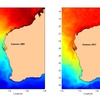
Robotic floats to detect ocean heatwaves
Australian and Indian scientists have teamed up to study marine heatwaves using high-tech robotic floats, writes the Sydney Morning Herald. Read the full story here.



Australian and Indian scientists have teamed up to study marine heatwaves using high-tech robotic floats, writes the Sydney Morning Herald. Read the full story here.
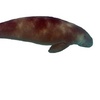
Western Australia has had its fair share of unusual sightings along the coast but could a dugong be part of the tropical menagerie enjoying our warmer waters?

A small increase in sea temperatures has led to a dramatic decrease in the size of fish, writes the Daily Mail. Scientists have found that some North Sea species -including haddock, whiting, herring and sole- have decreased in body length by almost a third over 38 years. Read the full Daily Mail story here.

New research suggests that some polar bears are switching prey and eating a mixed diet of plants and animals to survive their changing environment, writes Science Daily. Read the full article here.
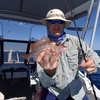
The warty prowfish, sooty grunter and moorish idol all made it on the list (and not because of their unusual names!). Check out the Top 3 sightings submitted to Redmap in each state.
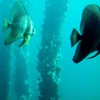
As ocean temperatures rise off Western Australia, sub-tropical fish are swimming south and many are staying there, writes ABC news. Read the interview with research scientist and Redmap WA coordinator Dr Gary Jackson here.
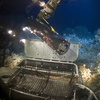
US and British researchers may have identified the fingerprint of global warming in one of the darkest, coldest, most mysterious places on the planet, writes the Climate News Network. Read the full article here.
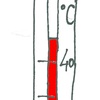
A four degrees increase in temperature is unfortunately now a realistic prospect by the end of this century, says Associate Professor of Environmental Policy at Melbourne University, Dr Peter Christoff. Listen to his interesting but scary interview on ABC's The World Today.
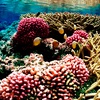
Another reason to protect our oceans: they may help us medically! Science Daily writes: sea coral could soon be used more extensively in bone grafting procedures thanks to new research that has refined the material's properties and made it more compatible with natural bone. Read the full article here.